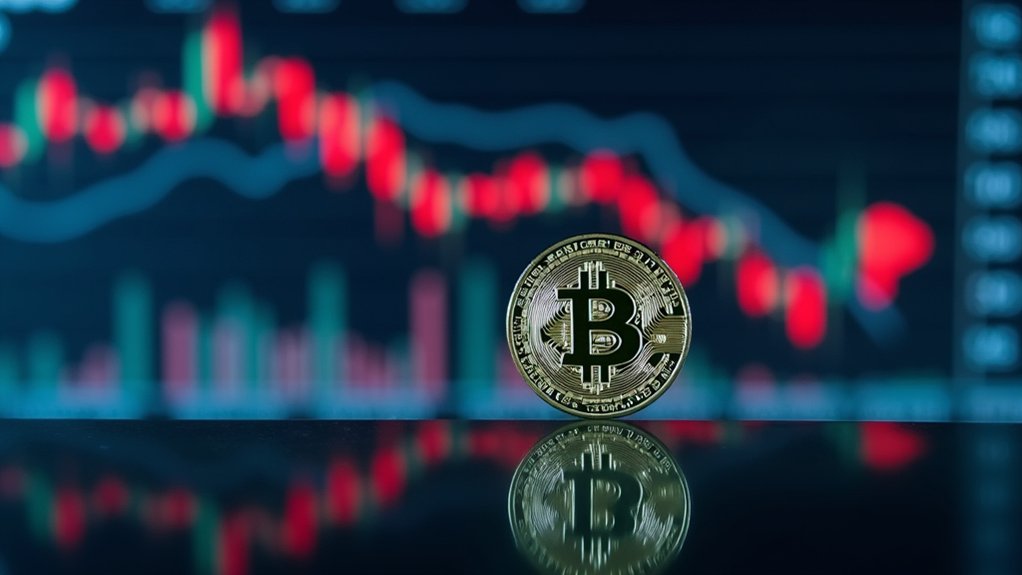Although the Federal Reserve has yet to implement formal monetary easing, markets have exhibited pronounced anticipatory dynamics, as evidenced by substantial appreciations across crypto equities, homebuilding shares, and banking stocks, each sector responding to the confluence of Fed Chair Powell’s allusions to forthcoming rate reductions, a July inflation deceleration to 2.7%, and investor recalibrations towards risk assets predicated on prospective lower borrowing costs and enhanced liquidity conditions. Within the digital currency domain, this environment has catalyzed a marked upsurge in crypto assets, with Ethereum ascending approximately 13% to $4,814—approaching its all-time peak—and Bitcoin appreciating near 4% to approximately $117,000, collectively elevating the total cryptocurrency market capitalization beyond $4.1 trillion; such movements reflect not only investor enthusiasm for digital currency as a speculative asset class but also an expansion in institutional participation, as evidenced by elevated CME bitcoin futures basis funding rates reaching levels not seen since early 2025. The underlying technology, blockchain as decentralized, transparent and immutable ledger, continues to enable secure and transparent transactions that contribute to growing investor confidence. Concurrently, the housing finance sector has benefited from market expectations of imminent interest rate reductions, which are projected to alleviate the burden of elevated mortgage borrowing costs and stimulate demand for residential real estate, thereby invigorating homebuilder equities that typically exhibit sensitivity to financing conditions; this anticipation of easier monetary policy has prompted recalibrations among market participants, who now foresee accelerated construction activity and improved profit margins due to lower capital costs, effectively counterbalancing prior headwinds from restrictive housing finance environments. The banking sector has similarly rallied, buoyed by the prospect of increased loan origination volumes consequent to diminished borrowing expenses, notwithstanding the conventional compression of net interest margins associated with rate cuts; furthermore, the financial industry stands to gain from augmented trading and advisory revenues amid elevated market volatility, a scenario implicitly endorsed by Powell’s recent rhetoric signaling a policy pivot. Additionally, increased network transactions in Bitcoin have risen 26% month-over-month to 12.9 million, marking the highest activity level since November 2024, underscoring stronger onchain usage amid the rally. Collectively, these sectoral responses embody a broader macroeconomic narrative wherein the deceleration of inflation to 2.7% has reinforced market convictions of a forthcoming monetary easing cycle, thereby propelling speculative repositioning towards cyclical and risk-sensitive assets, as exemplified by the synchronous appreciation across digital currency, housing finance, and banking equities.
Author
Tags
Share article
The post has been shared by 0
people.









